What is a normal day like the astronaut in orbit?
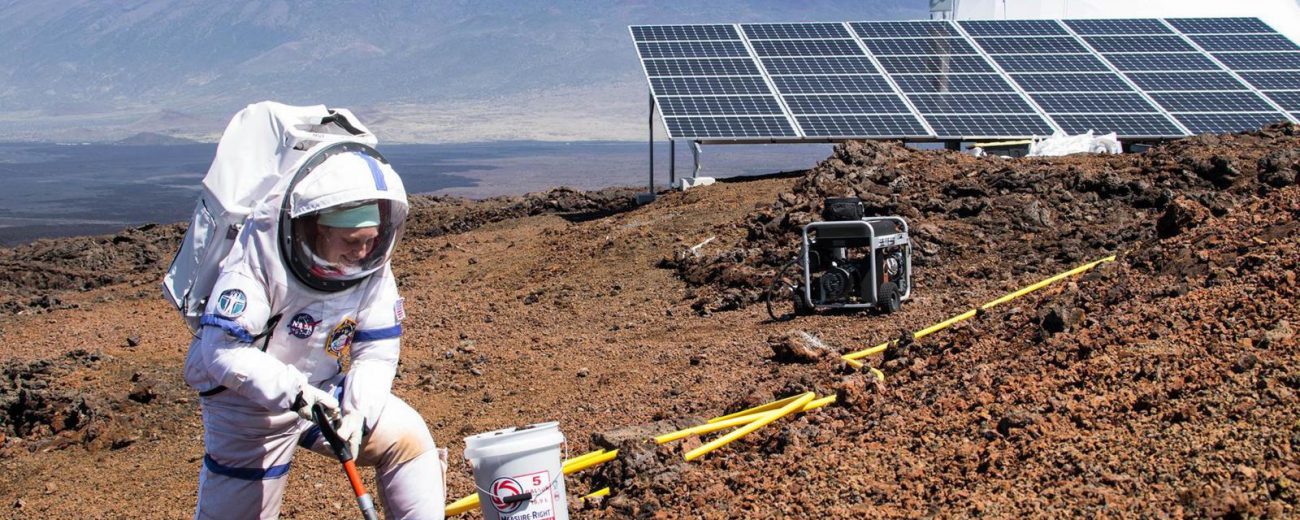 Source:
Source:
Volunteers are trying to live on Earth as the astronauts during the preparation for manned missions to Mars, but there are insulated, constraints, and terrible food. After spending almost a year without fresh air in a constrained environment, in weightlessness on the International space station, looked perfectly fine when returned to Earth last spring. They completed 340-day mission in orbit, one of the longest in the history of modern space exploration.
They are a little more than two hundred people, who had the good fortune to visit the ISS, and hundreds of others who had been in space. These are small figures in the overall scheme of things, but a lot of people around the world are pouring billions into the future of space travel in the hope that many of us will one day be able to follow in their footsteps.
And Yes, it is not necessary to go into space to experience what it's like to live like an astronaut. On the Ground, dozens of people around the world spend months or even years, living in specially built enclosed residential environments which simulate the conditions of living in space. These simulation platforms are in China, Hawaii, Russia and enable scientists to explore the effects of long-term isolation and confinement of people during the preparation of long-term space travel.
Although we can learn a lot of information from the experience of ISS astronauts, and their predecessors, the problems faced by the astronauts, changing however, as space agencies turned their attention to the Red planet. Mission to Mars means that the space will stay about three years — six to eight months on the journey there, a few months on the surface and six to eight months to return. The long-term nature of the trip, as suggested, creates a number of psychological problems for those who will presume.
To understand what it's like, Tiffany Veins and the BBC decided to live 48 hours in the "astronaut" — tried to follow the regimen and schedule crew members to the ISS. As it turned out, they have a very tight schedule. She woke up, drank coffee, ate the best food right from the package, worked, worked and repeated the schedule until the day was over. And still had to spit two times in a towel after brushing your teeth.
A typical day on the ISS starts up at 6 or 6:30 in the morning (ISS live GMT time). American astronaut and medical doctor Kjell Lindgren spent 141 days on Board the ISS in 2015, having participated in two space walks. He says his day started with reading the daily news bulletins and two-page summaries of the previous day, brushing teeth and Breakfast. By 7:30 a.m. all crew members gathered for daily conference, which planned the coming day together with its control center and asked any questions.
"the Rest of the day is very tight — scheduled even a five-minute activities," explains Lindgren. "During the day we could conduct research, carry out service work on the station or snapshots of the natural disasters. We got an hour for lunch and two and a half hours for exercise."
How does the schedule of an astronaut to the International space station
the-
the
- 7:00. To Wake up and put on a bandage for EEG measurements in the experiment, the Bio Rhythms ("Biorhythm") the
- 7:05. "Awake" (the time when the astronauts do their morning hygiene, Breakfast, etc.) the
- 8:30. Morning planning conference: when the astronauts briefly talking with different control centers around the world (NASA, Roscosmos, JAXA, ESA, CSA) and discuss the activities planned for this day the
- 8:45. Morning training the
- 9:00. Installation of computer upgrades the
- 9:05. Replacement cards data collection equipment Bio Rhythms the
- 9:25. Gathering equipment for the upcoming activities of maintenance the
- 10:25. Jogging track the
- 11:25. The collection of data from a personal monitor of carbon dioxide the
- 12:15. Closing the window shutters the
- 12:25. Free time (minus, usually it a bit, but this time they reworked on the weekends, so the time released) the
- 13:10. Connect the Ethernet cable the
- 13:15. The camera (to write technical works for land) the
- 13:25. The questionnaire for the experiment on the topic of power frequency the
- 13:35. Lunch the
- 14:35. Free time the
- 15:05. Exercise ARED (microgravity version of the exercises with free weights) the
- 16:35. A snapshot for the experiment AMO2 and sending it to the Ground the
- 16:40. Installation of the vacuum access port at Node 1 to provide vacuum visiting vehicles that were on the dock the
- 19:00. Check the configuration of the computer MSRR the
- 19:20. Inventory of cargo transport Orbital-Cygnus 6 the
- 19:35. Weekly crew conference and center the
- 19:55. Before bed (time for an evening activity, dinner, and so on) the
- 20:25. Weekly conference of the head of the flight crew the
- 20:45. Evening planning conference day (when the astronauts discuss with the ground team, kind of work done during the day and plans for tomorrow) the
- 21:00. Bedtime routine the
- 22:30. Sleep
At seven In the evening or later every member of the crew goes out for an evening conference to sum up the day. "After this day belongs to us," says Lindgren. "We're having dinner, can watch TV together, answer emails, take pictures of the Earth. Then it's time to get ready for bed". During his mission, Lindgren and the rest of the crew had the happy opportunity to see the movie "the Martian" by Ridley Scott before he was shown on Earth.
Next first person Tiffany.
During my day astronaut I was interviewing scientists, reading scientific articles, writing notes and watching the latest videos taken on the ISS. One of the most difficult and best parts of the course was a two-hour workouts (I split them into two hour workout of cardio and weightlifting).
Of Course, the astronauts have to do at least two hours a day to counter the physical effects of the stay in microgravity, which is known to reduce bone density, muscle mass and function of the cardiovascular system. Exercise in microgravity have to be creative — the astronauts can attach themselves to the simulator or to create their own devices for focusing, to be able to raise the weight.
"We developed a pretty good system of countermeasures to combat the effects of weightlessness, so keep your aerobic ability, bone density and muscle strength," says Lindgren. "But it is not a panacea for the lack of gravity. Some muscles simply impossible to use. Even just standing, you engage the muscles of the spine that cannot be operated in exactly the same way, if you squat or do deadlift".
Japanese astronaut Naoko Yamazaki, who spent 15 days in mission Assembly and installation on the ISS in 2010, says he was amazed by the force of gravity when returned to Earth. "I remember that my head was so heavy, like she was stone. Even a piece of paper that looks heavy," she says. Although Yamazaki was able to walk after returning to Earth, those who spend in weightlessness more time, is usually adapted for weeks or even months just to return to the gravity of Earth.
In recent years, researchers have paid attention to how microgravity can lead to loss of visual acuity in astronauts. "Crew members return home and realize their vision in some way has changed," says Lindgren. "This is an important issue, but we don't yet understand its causes."
Because the weightlessness causes body fluid rises up, experts suspect that the vision may be affected by increased pressure around the eyes. The displacement fluid can even lead to changes in taste sensations.
theSpace food
For me the food was one of the hardest parts of home confinement.
There are three types of food on the ISS — cooked wet food packets which are heated, dehydrated food, which is filled with boiling water, and long-term storage products, which are tightly Packed and are eaten as is. The astronauts have successfully grown plants in microgravity, but before large-scale cultivation of crops in space far from us.
Since I was unable to obtain a real space food, I went to a local shop and stocked up on dry rations. However, to determine the food in advance turned out to be surprisingly difficult. I didn't know how to develop a menu that would be satisfactory for two days, or predict how I'll feel in the process of absorption of food. After the first day I began to dream of fresh products. Imagine what would happen a few months later.
It Turns out that this serious problem facing scientists. Experts are not only trying to provide astronauts with enough food during a mission to Mars — even offer to send the goods before or after the arrival of a manned spacecraft — but try to see that the astronauts were satisfied with what you eat.
"Preferences in terms of food become very important when you find yourself in prison," says Gro Sandal, a Professor of psychology at the University of Bergen, principal investigator of the "Mars-500" is carried out in Russia, together with China and the European space Agency. She says that some members of the crew so much they hated their food that almost went on a hunger strike, so I had to step in and offer new options.
Brian Caldwell, project Manager for Hi-Seas says that food preferences and tastes of the astronauts change frequently when they are in space. Experts suspect that this is a communi...
Recommended
The Americans on the moon: what everyone should know?
the Upcoming cosmonautics day is my favorite holiday. It marks the triumph of the human mind: in just four thousand years Homo Sapiens went from hunter-gatherers to space explorers. 12 April 1961 Soviet cosmonaut Yuri Gagarin became the first man in ...
Why are some galaxies spiral shaped?
you Know what surprised me the most? The fact that we perceive the surrounding world as it is. Animals, plants, the laws of physics and the cosmos are perceived by many people as something so mundane and boring that they invent fairies, ghosts, monst...
Astronomers were able to see the death of another star system
In the cosmic ocean drifts a lot of mysteries about the existence of which we are unaware. One of these was uncovered five years ago, when astronomers have discovered a lonely star at a distance of 570 light years from Earth, the brightness of which ...
Related News
The Boeing company unveiled a new space suit for astronauts
the Us company Boeing has unveiled a new model for astronauts, on which engineers and designers worked for several years. This suit is used by astronauts on the manned transport spacecraft Cockpit (CST-100), also developed by Boei...
Drafted spacecraft that will be able to do without rockets
Now for the withdrawal of cargo and astronauts into orbit used rocket-carriers with detachable steps. And not the first year projects, in which it would be possible to use «common» aircraft. Of course, there are the ship...
Breakthrough Listen: video gaming modernized search of aliens
Iconic Australian telescope began a serious search for extraterrestrial civilizations. It uses well-known and conventional technology to determine the location of the signal. The Parkes radio telescope located in New South Wales i...



















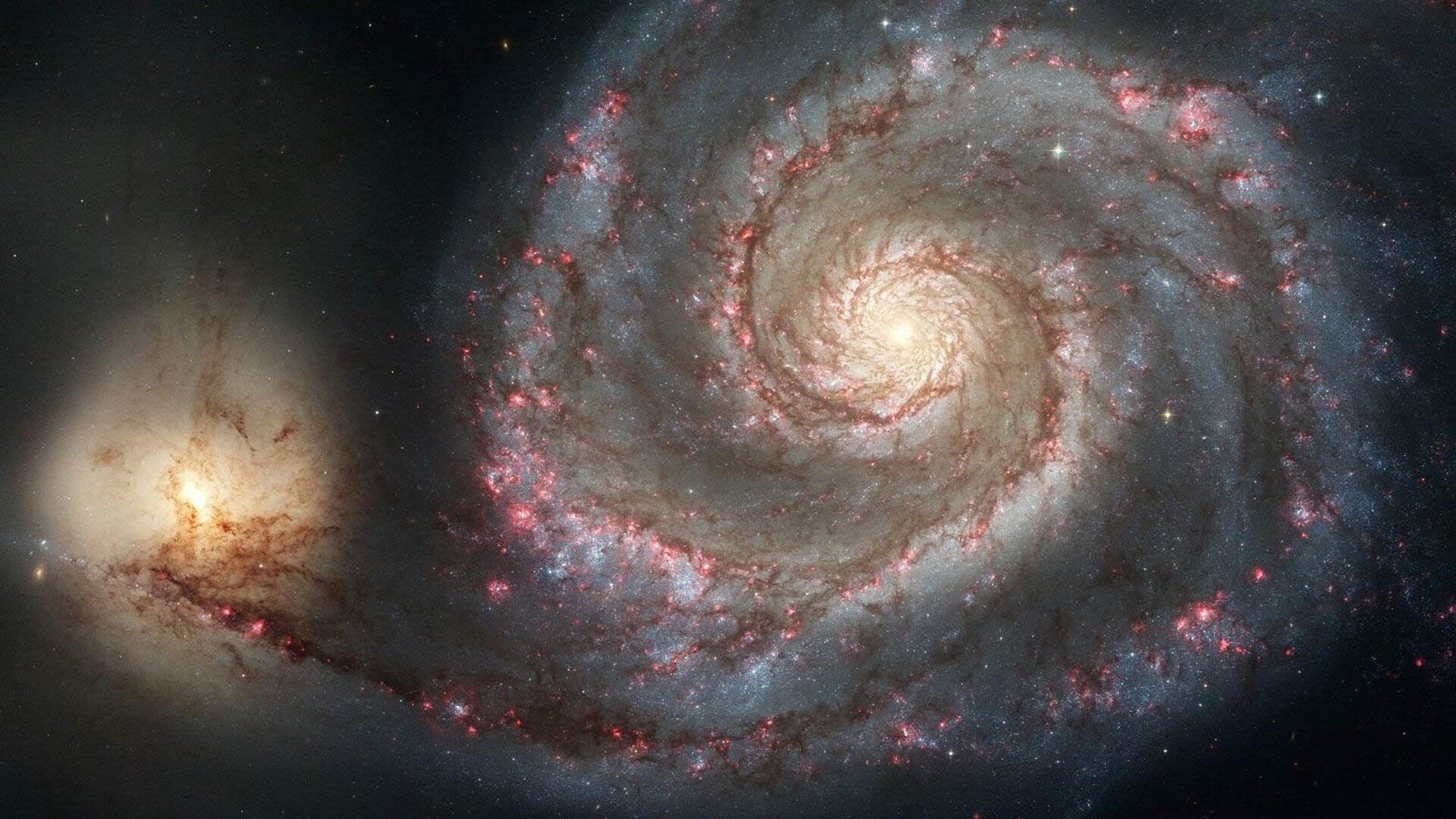
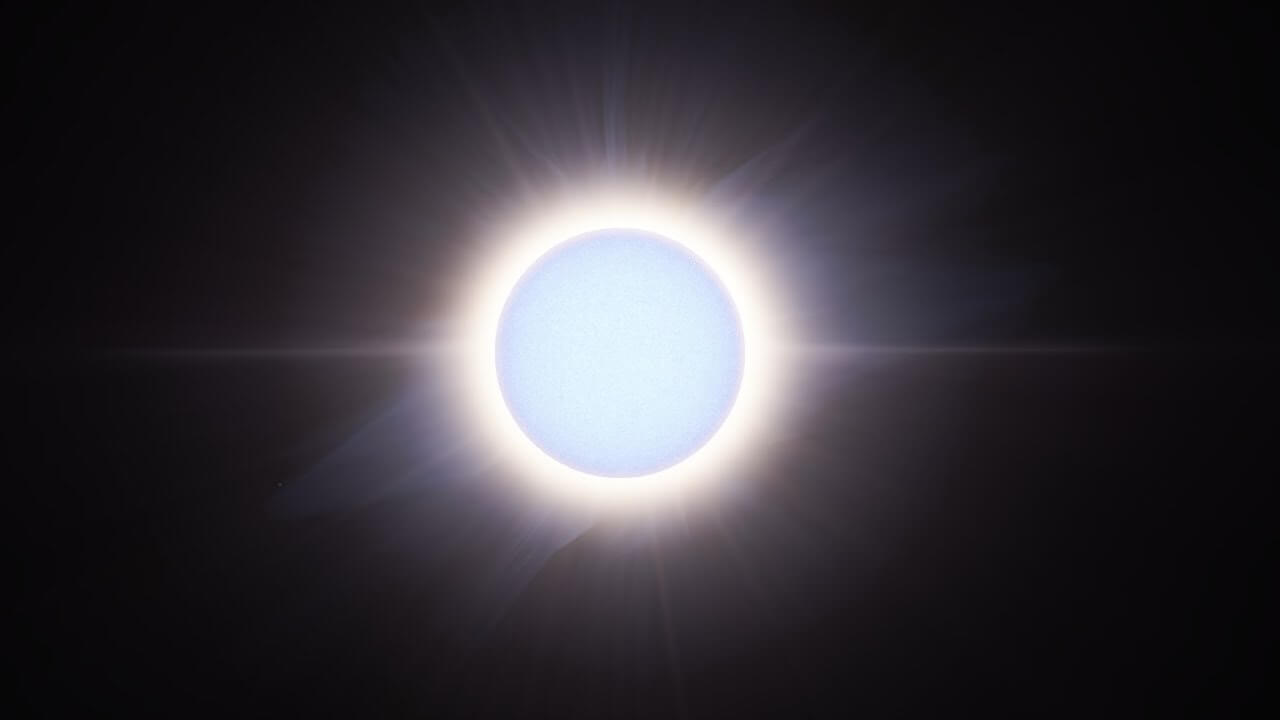
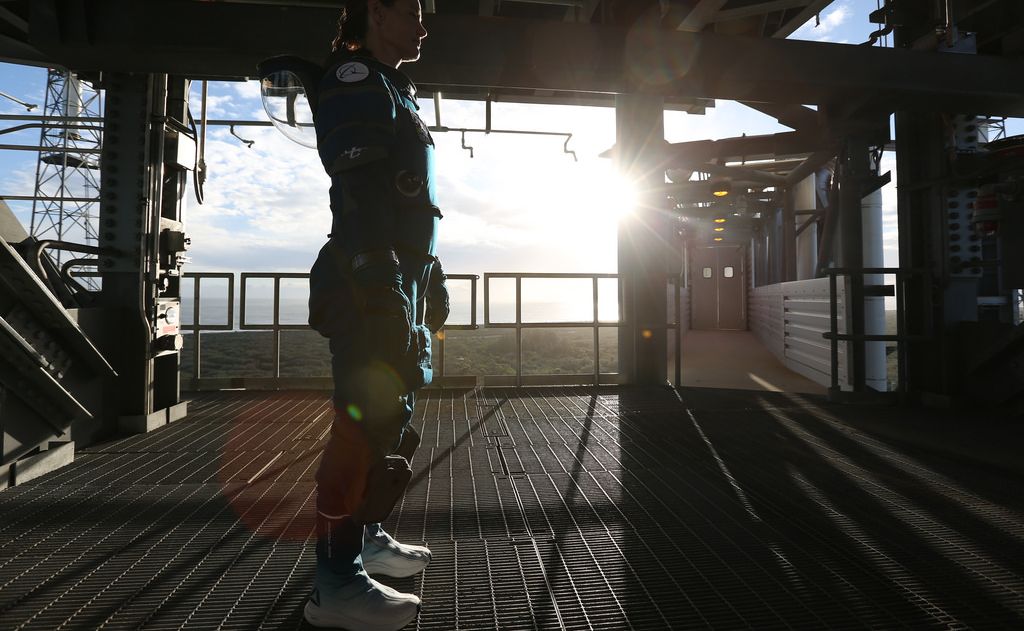
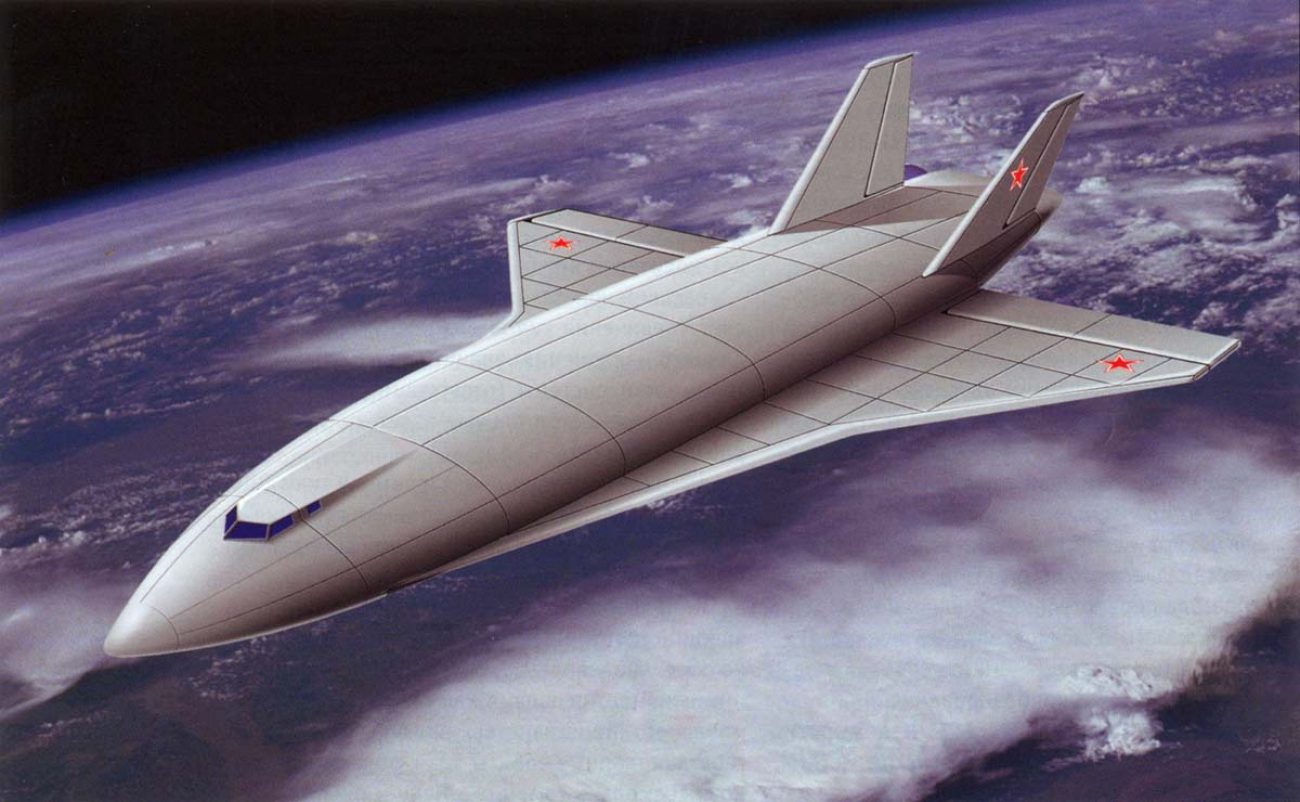
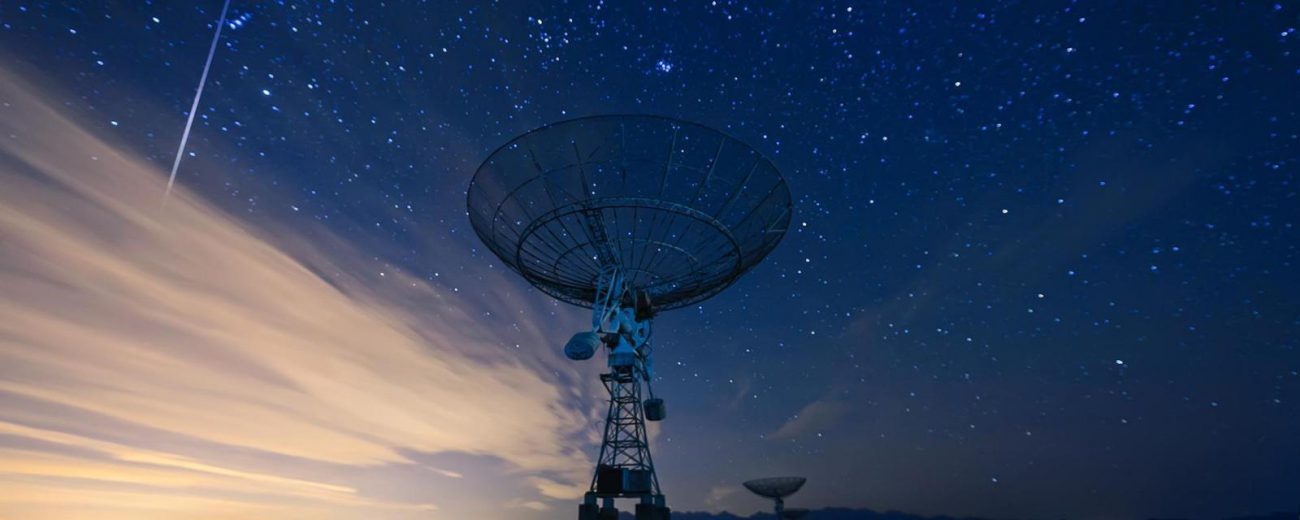
Comments (0)
This article has no comment, be the first!